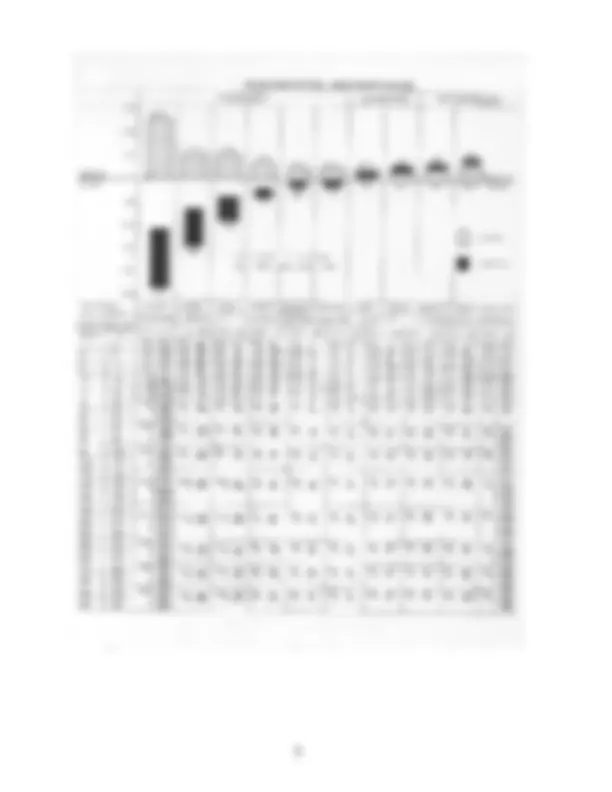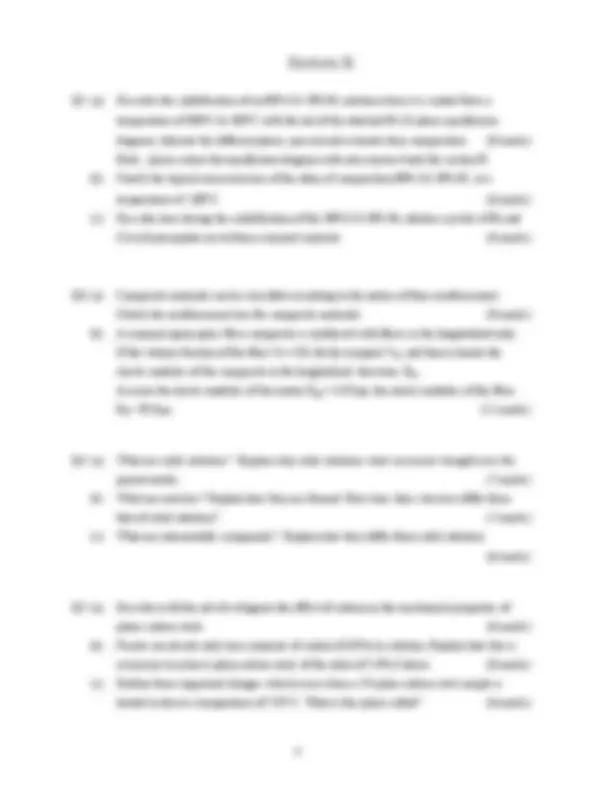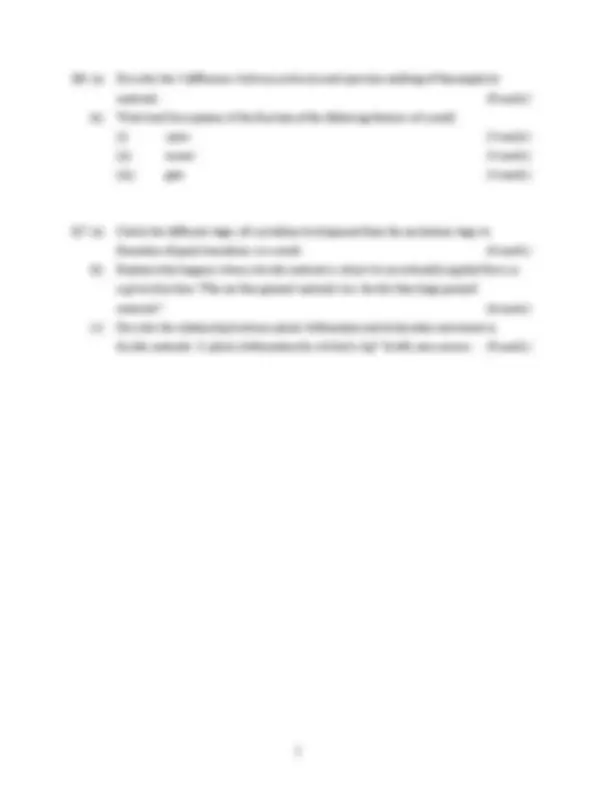





Study with the several resources on Docsity

Earn points by helping other students or get them with a premium plan


Prepare for your exams
Study with the several resources on Docsity

Earn points to download
Earn points by helping other students or get them with a premium plan
Community
Ask the community for help and clear up your study doubts
Discover the best universities in your country according to Docsity users
Free resources
Download our free guides on studying techniques, anxiety management strategies, and thesis advice from Docsity tutors
Main points of this past exam are: Solidification, Rotate, Steel Spindle, Bronze Bush, Spindle Measures, Bush, Diameters, Spindle, Housing, Minimum Allowances
Typology: Exams
1 / 6

This page cannot be seen from the preview
Don't miss anything!




(NFQ – Level 6)
Instructions Answer FIVE questions. Question 1 must be answered. Use separate answer books for each Section. All questions carry equal marks. Use annotated diagrams where applicable. If you attempt Q2, please return the equilibrium diagram with your answer book
Examiners: Mr .M. Daly Mr. R. Kennedy Dr. G. Kelly Dr. D. O’ Mahony Mr. S.P.O’ Sullivan Mr. J. Connolly Mr. R. Simpson
Q1. (a) A steel spindle is to rotate in a bronze bush and the bronze bush is to be held in the housing shown in Fig. 1. The steel spindle measures 16mm in diameter. Calculate the inside and outside diameters of the bush. (Note:- Bush not shown in the diagram). (3 marks) (b) Using the supplied sheet, write the upper and lower limits of the following:- (i) spindle (ii) inside and outside diameter of the bush, and (iii) housing Calculate the maximum and minimum allowances and state the type of fit achieved. Note:- The spindle will be H7/g6 type fit in the bush and the bush will be H7/p6 fit in the housing. (11 marks) (c) Briefly explain the method of production of the components and note any precautions in regard to their assembly. (6 marks)
Q2. (a) Describe the solidification of an 80% Cd 20% Bi solution when it is cooled from a temperature of 300°C to 100°C with the aid of the attached Bi Cd phase equilibrium diagram. Indicate the different phases present and estimate their composition. (8 marks) Note - please return the equilibrium diagram with your answer book for section B. (b) Sketch the typical microstructure of the alloy of composition 80% Cd 20% Bi at a temperature of 100 °C. (6 marks) (c) Describe how during the solidification of this 80% Cd 20% Bi solution crystals of Bi and Cd will precipitate out to form a layered material. (6 marks)
Q3. (a) Composite materials can be classified according to the nature of their reinforcement. Sketch the reinforcement tree for composite materials. (8 marks) (b) A uniaxial epoxy-glass fibre composite is reinforced with fibres in the longitudinal only. If the volume fraction of the fibre Vf = 0.8, firstly compute Vm and then estimate the elastic modulus of the composite in the longitudinal direction Ecl. Assume the elastic modulus of the matrix E (^) m = 4.0 Gpa, the elastic modulus of the fibre Ef = 70 Gpa. (12 marks)
Q4. (a) What are solid solutions? Explain why solid solutions show increased strength over the parent metals. (7 marks) (b) What are eutectics? Explain how they are formed. How does their structure differ from that of solid solutions? (7 marks) (c) What are intermetallic compounds? Explain how they differ from solid solutions. (6 marks)
Q5. (a) Describe with the aid of a diagram the effect of carbon on the mechanical properties of plane carbon steels. (6 marks) (b) Ferrite can absorb only trace amounts of carbon (0.02%) in solution. Explain how this is overcome to achieve plain carbon steels of the order of 1.0% Carbon. (8 marks) (c) Outline three important changes which occur when a 1% plain carbon steel sample is heated to above a temperature of 723º C. What is this phase called? (6 marks)
Q6. (a) Describe the 4 differences between extrusion and injection molding of thermoplastic materials. (8 marks) (b) Write brief descriptions of the function of the following features of a mold: (i) sprue (4 marks) (ii) runner (4 marks) (iii) gate (4 marks)
Q7. (a) Sketch the different stages of crystalline development from the nucleation stage to formation of grain boundaries in a metal. (6 marks) (b) Explain what happens when a ductile material is subject to an externally applied force in a given direction. Why are fine grained materials less ductile than large grained materials? (6 marks) (c) Describe the relationship between plastic deformation and dislocation movement in ductile materials. Is plastic deformation due to block slip? Justify your answer. (8 marks)